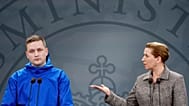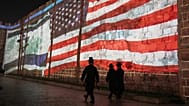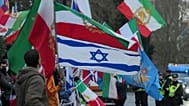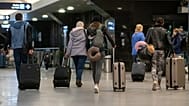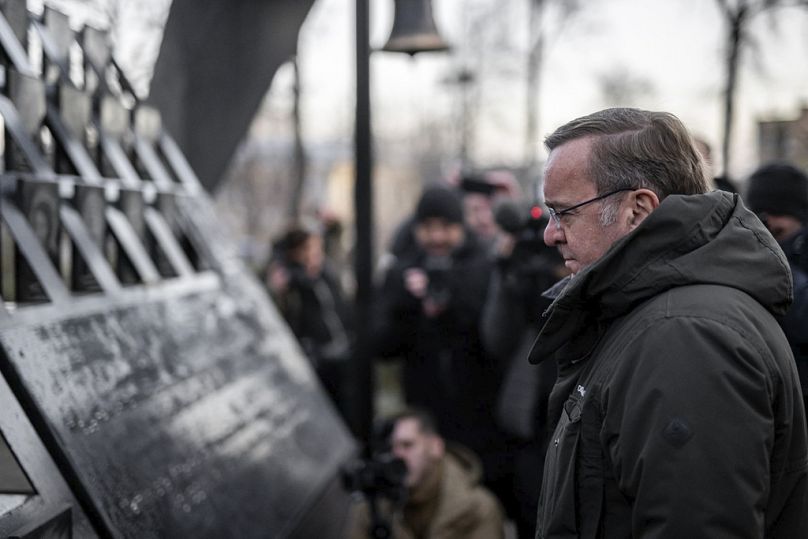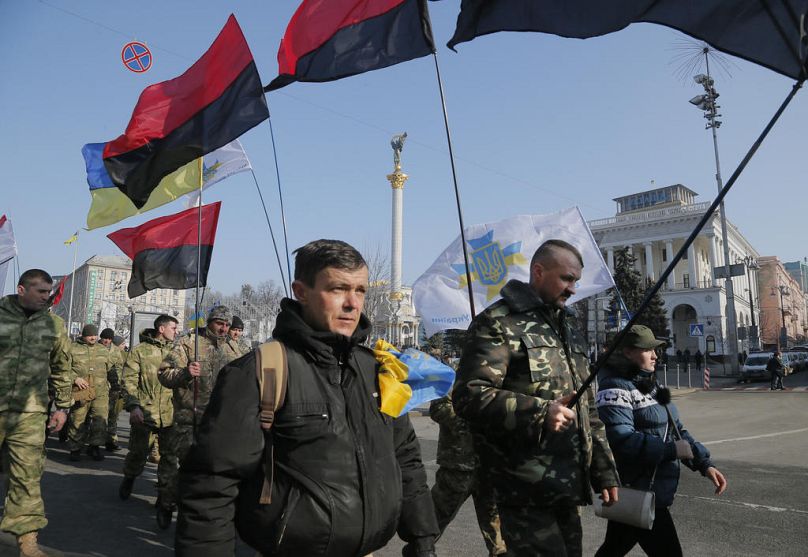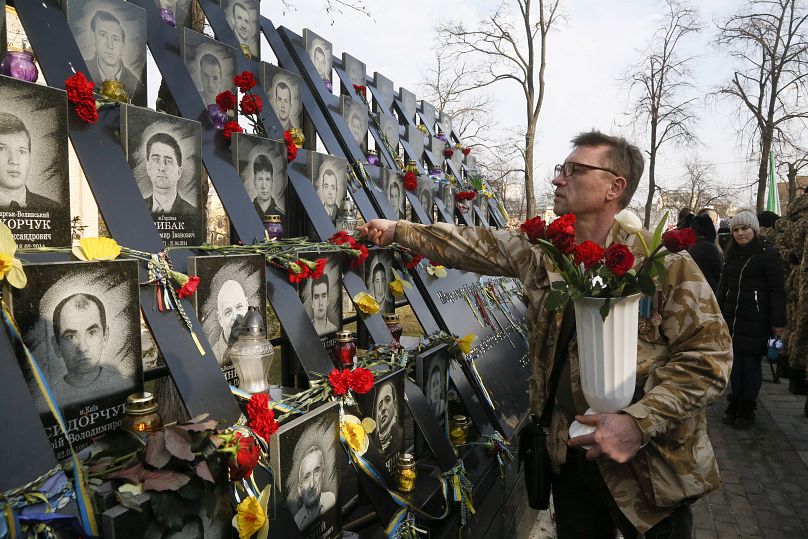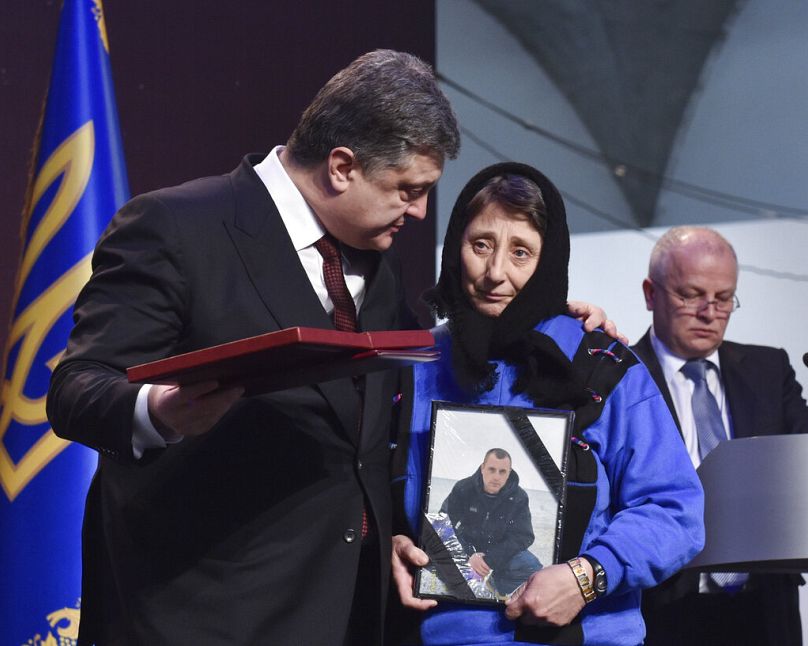November marked 10 years since the start of the Maidan revolution which ousted pro-Russian president Viktor Yanukovych.
On November 21, 2013, Yanukovych announced he was shelving an agreement to bring the country closer to the European Union and instead would deepen ties with President Vladimir Putin’s Russia.
Outraged crowds soon filled Independence Square, or Maidan Square, for peaceful anti-government protests. Later, after riot police used truncheons and tear gas to disperse the people, demonstrators set up tent camps with barricades, self-defence units and banners with revolutionary slogans. In response to the police violence, hundreds of thousands joined the demonstrations in early December.
The standoff reached a climax in February 2014, when police unleashed a brutal crackdown on the protests and dozens of people were slain between February 18 and 21, many by police snipers. A European-mediated peace deal between the government and protest leaders envisioned the formation of a transition government and an early election, but demonstrators later seized government buildings, and Yanukovych fled to Russia.
The Ukrainian Institute of National Remembrance said 107 people were killed in the uprising that became known as the "Maidan Revolution" or the "Revolution of Dignity."
Euronews asked several people in Kyiv during those months to share their memories of the revolution.
"I think that then, actually, for every Ukrainian there was not even a choice to leave or not for every conscious Ukrainian. We knew what we wanted, and we understood that our government, Yanukovych, somehow decided to deceive us. At first, he told us that this is how we would have a path to European integration, and then at one point, he signed some new agreements with Russia. And we understand we are not moving where we want," recalled Kyiv-based documentary filmmaker Marina Chankova.
Ukrainian historian Yevhenii Monastyrskyi told Euronews that he found himself in Kyiv in the early days of Euromaidan because he had come to the capital for a scientific conference.
"I then went out to see what was happening in the centre. And this is the first moment that I remember very well: a small group of students gathered together on the first night in Independence Square, and then on the second and third days I just watched other people joining them," Yevhenii said.
The first to express their discontent in the centre of Kyiv were mostly young people. The protest was peaceful, but after a few days, the authorities decided to disperse the protesters, motivating their actions by the fact that a Christmas tree was planned to be installed in the central square.
"The events that stuck with me took place on 30 November: students were beaten up," recalled Marcy Shore, a specialist in Eastern European history at Yale University in the United States. "Most people in the square were young because they had the most to lose. Europe was close to them, and Euromaidan in November 2013 belonged to this generation."
According to Marcy Shore, Viktor Yanukovych was counting on the fact that the massacre of students would scare their parents and force them to take their children away from the square.
"And then something unexpected happened: instead of taking the children off the street, the parents joined them," said Shore.
After the dispersal of the student protest "many people said, you know, I went to bed in Kiev, I woke up in Moscow," recalled Atlantic Council contributor Peter Dickinson.
"And at that point, the protests mushroomed massively. So this was the 1st of December 2013. And then within hours, the next day, you had almost a million people on the streets of central Kyiv. Buildings were occupied. A permanent tent city was established on Maidan. And what had been a pretty modest protest movement had become a revolution, essentially," said Dickinson.
Sergio Cantone was running Euronews' Kyiv bureau in those days.
"It was extremely cold and they were burning the tyres. The protesters burned the tyres and then also the Molotov cocktails. And I remember this kind of almost, if I may say so, legendary. I have a kind of legendary feeling, mythological feeling. It was the war of the ice and the fire because the two things were together," Cantone remembered.
"And then, of course, the stun bombs used by the Berkut to contain the protest. The sound of stun bombs," he added, referring to the riot police.
"Most people I spoke to at the time considered it a decisive moment for Ukraine in terms of how it would develop, what kind of state it would become. Would it become a European country or suffer the fate of a Soviet-type authoritarian state? It was a civilisational choice," said Peter Dickinson.
"The idea was to get rid of an unjust, immoral and corrupt system," Cantone said.
In January three protesters were shot dead, the first fatalities of the protests.
Then, between February 18 to 20, dozens of people were killed in clashes with the police in the city, the most tragic days of the revolution.
"Before our eyes, people in the city centre were killed by our authorities. Well, that was the kind of turning point that caused even more outrage. And at that moment, the Ukrainian people in general, and as much as they felt later, understood that no, we will go to the end, we will go to the end, and no one was afraid," Marina Chankova said.
"Presumably the mass killings were designed to disperse the crowd. They were designed to terrify Ukrainians and to send them out. What I saw as I came down and began walking towards Maidan was a vast sea of humanity going towards Maidan of Ukrainians. And people were carrying bottles of water, medicines, coats, food, anything they had, and to go and see if they could help. So the killings had the exact opposite impact," Dickinson recalled.
"People were deeply shocked and traumatised, but they were very determined and their response to these mass killings was, no, we will not, we will not flee, we will not run, we will go, we will confront this threat to all our nation, our independence, our democracy," he added.
"The Maidan shootings were the biggest shock of all these months," Yevhenii Monastyrskyi said.
"Such a thing cannot be forgiven by anyone. The long journey of building civil society, which began in the early 2000s, reached its first peak precisely in February 2014, when it became clear that we, the citizens of Ukraine, civil society, had reached the point where we could no longer co-exist with this government and something had to change," recalled Yevhenii.
"This is this very long movement to create a civil society, which began in the early 2000s. We reached this first peak, in fact, in February of the fourteenth year, when it became clear that we're citizens of Ukraine. Civil society has reached the point where we can no longer coexist with this government and something needs to change."
After Yanukovych's ouster, Russia responded in March 2014 by illegally annexing Ukraine's Crimean Peninsula. Then, separatist forces backed by Moscow began an uprising in the eastern Ukraine region known as the Donbas, which grew into a long-running conflict, leaving thousands dead.
Finally, in February 2022, Putin launched his war that continues to this day, with tens of thousands of deaths on both sides amid Europe's biggest conflict since World War II.
Ukrainians in 2013 had wanted the country to enter into a deal with the EU, but Putin pressured Yanukovych to pull out at the last minute. Ukrainian leaders who followed were more eager than ever to bring Kyiv into the Western fold.
Despite the calamities, Ukraine has become more united than in its 32 years of independence and has drawn closer to the EU, the United States and the West in general — an outcome Putin had tried to prevent. Today, under President Volodymyr Zelenskyy, the country has won widespread support and admiration amid the Russian invasion.

